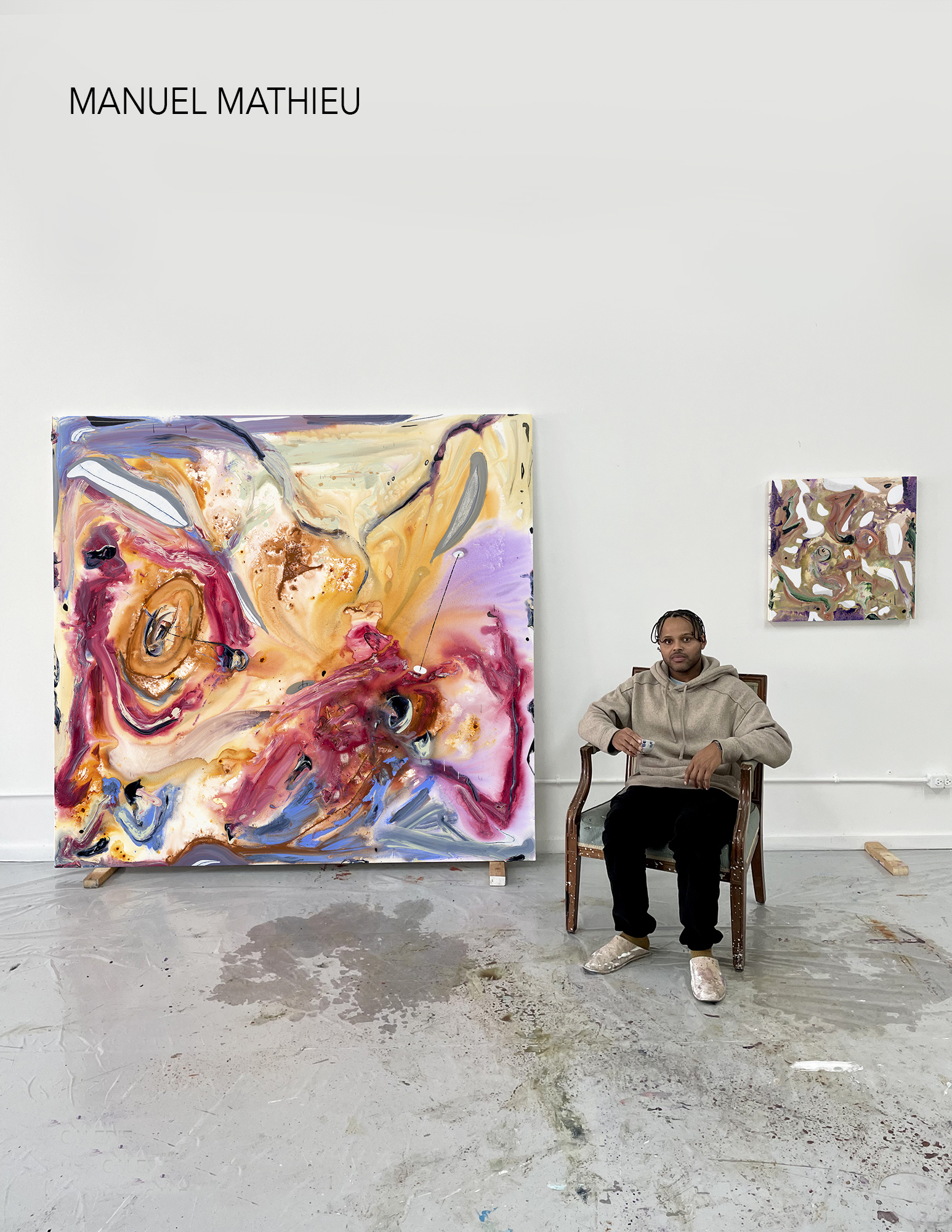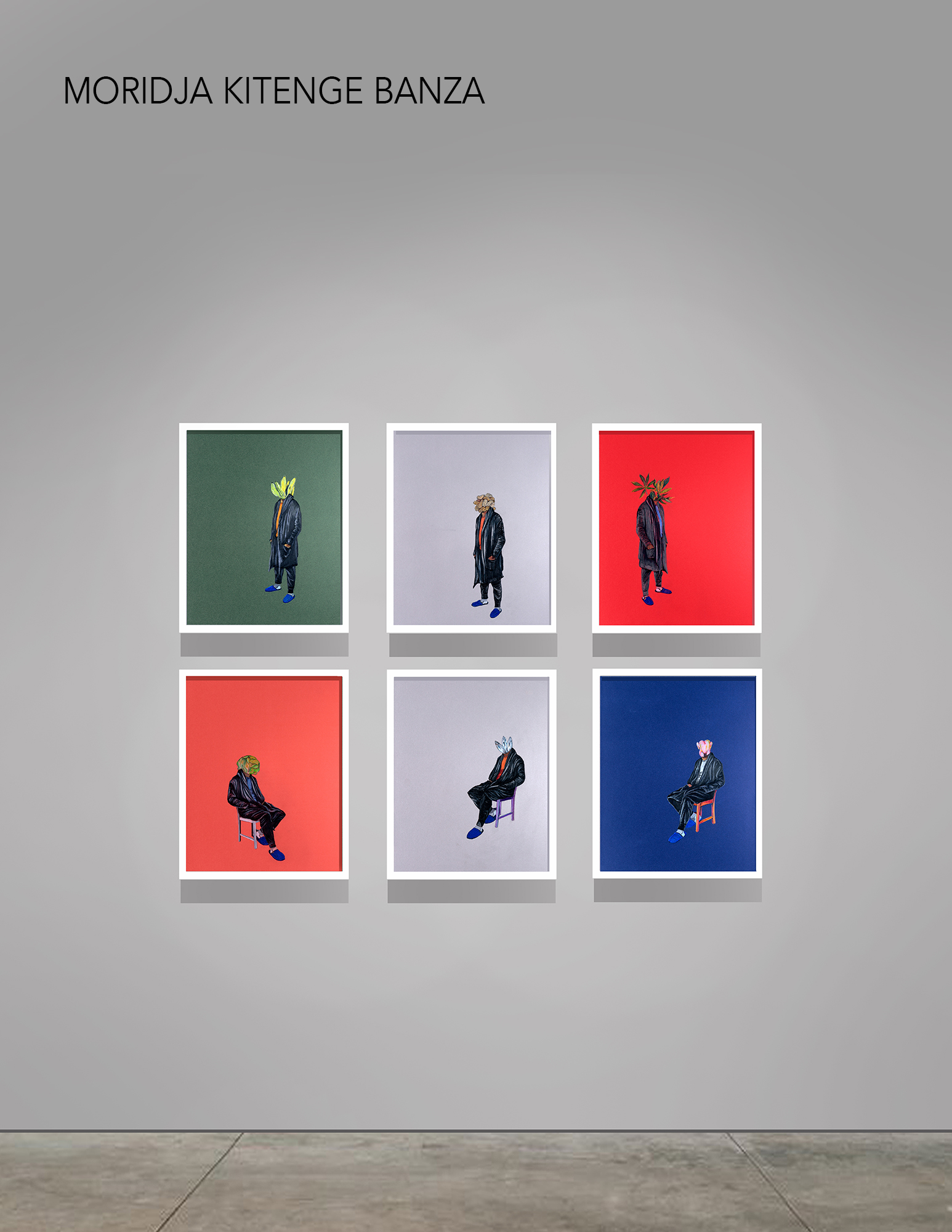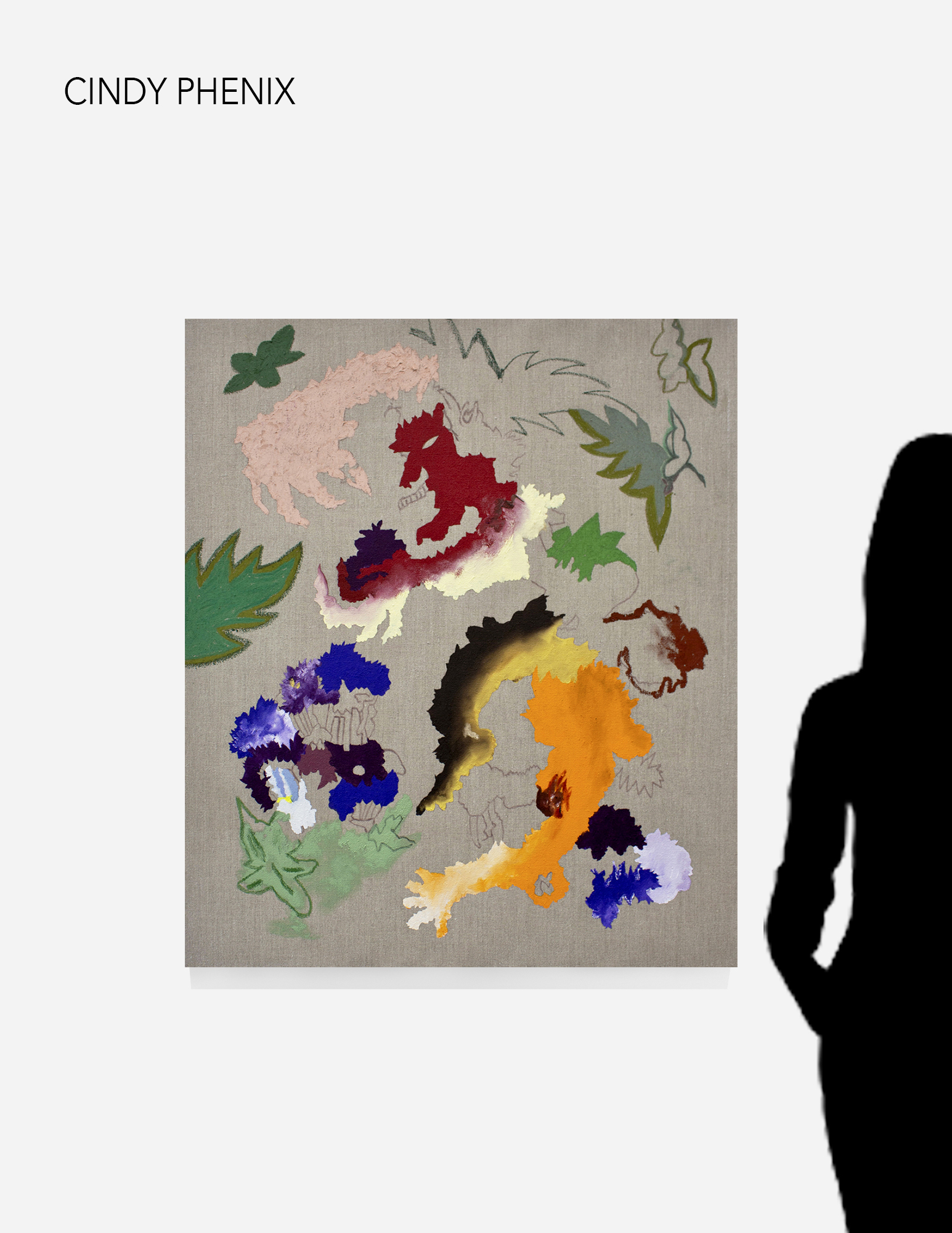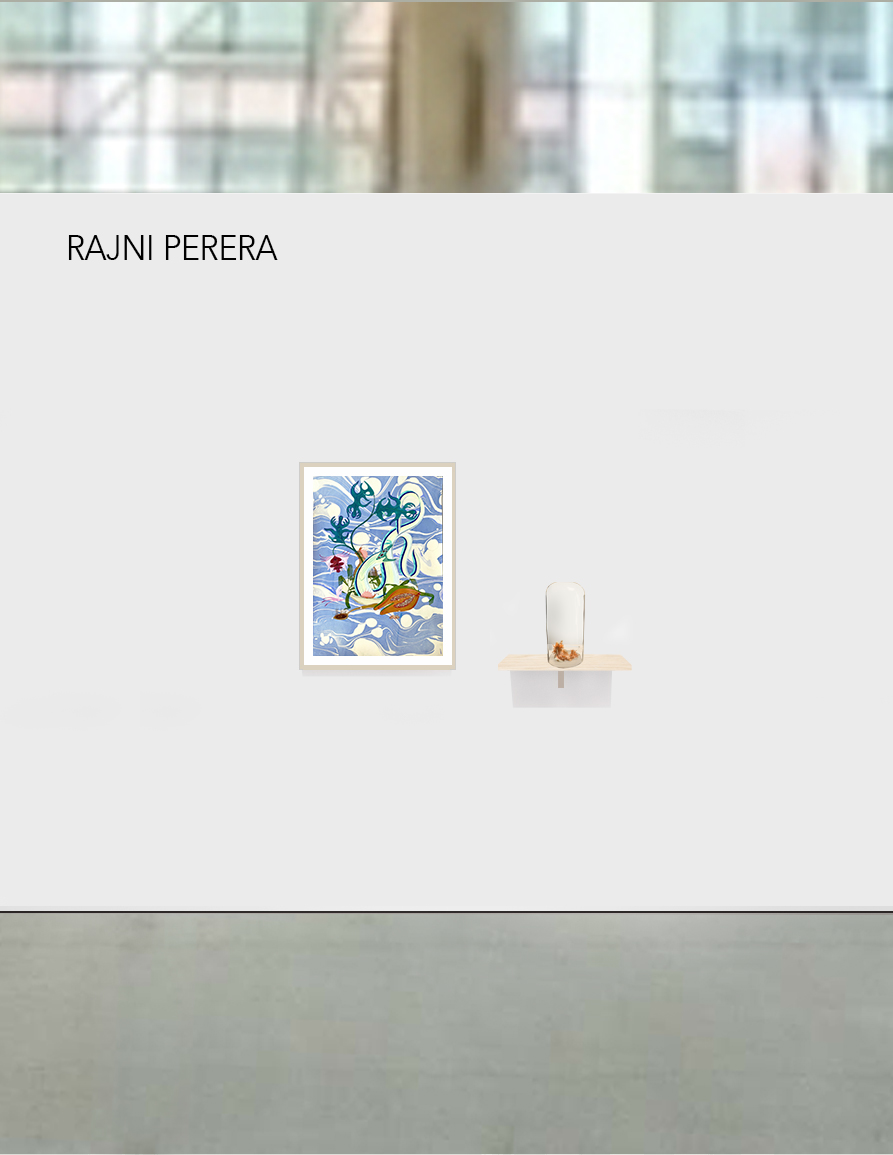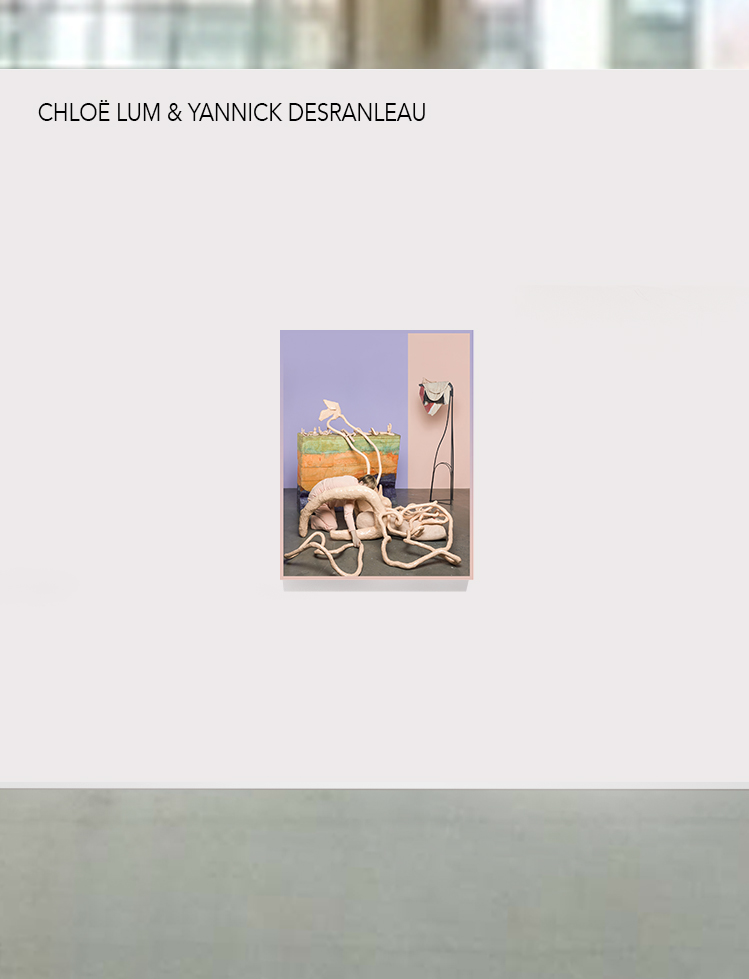From November 26 to 28, the 14th edition of the Paper Fair will take place under a hybrid formula. The physical part of the fair will take place at the Port’s of Montreal Grand Quay while the virtual part will take place on the brand new platform papiermontreal.com.
